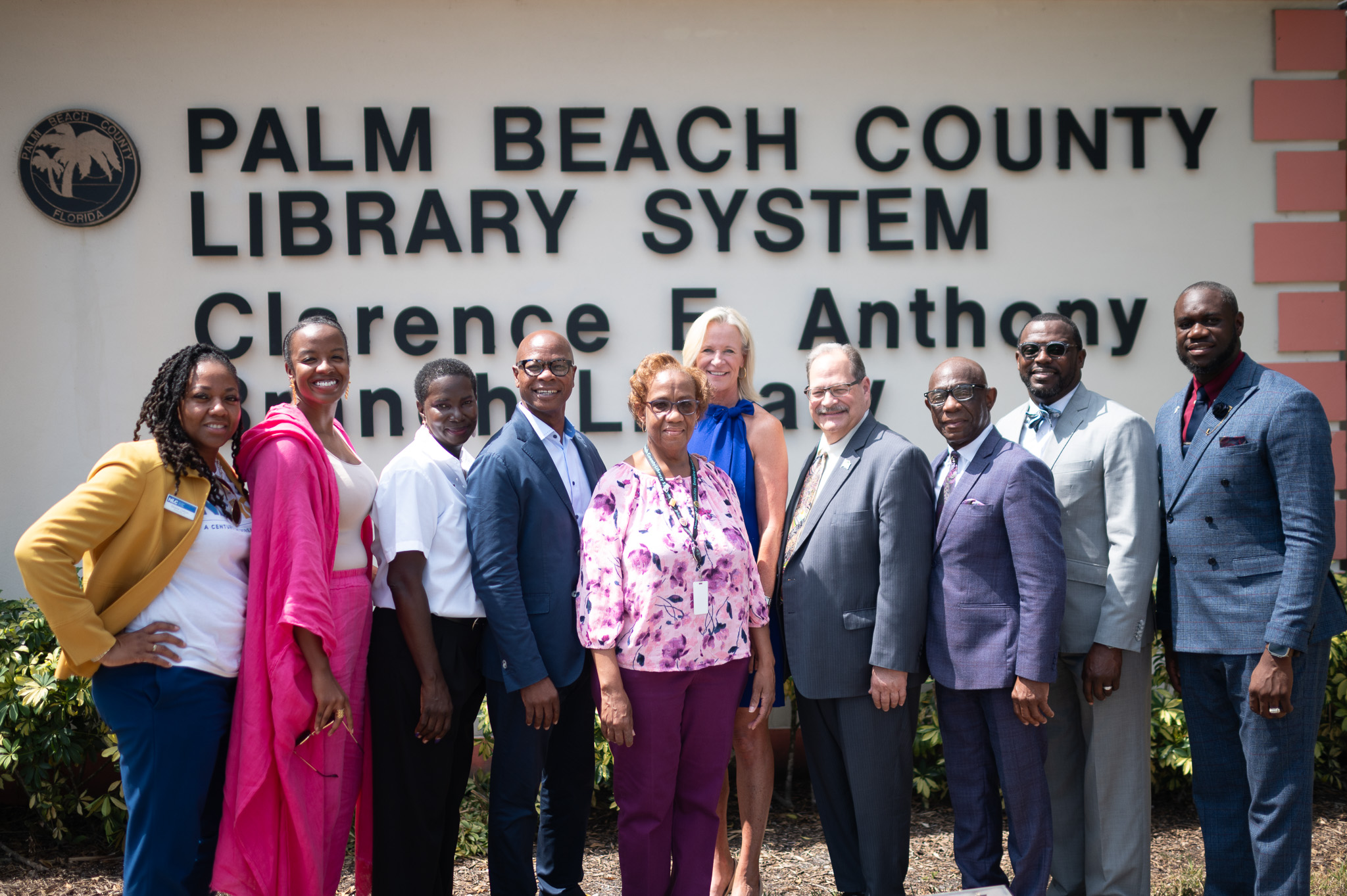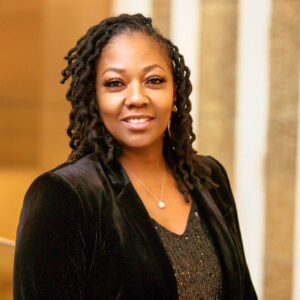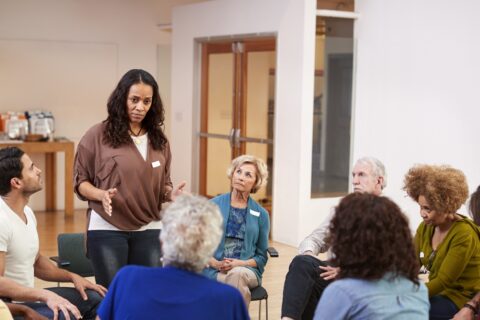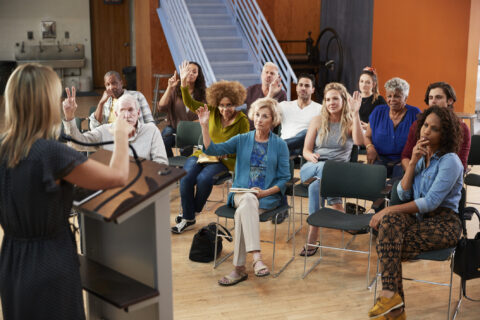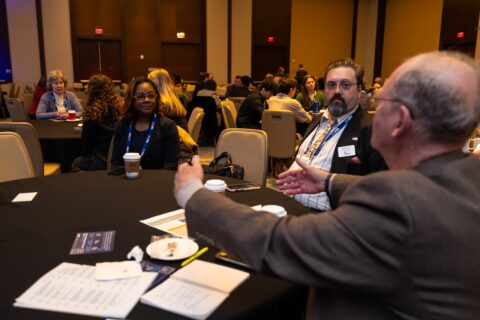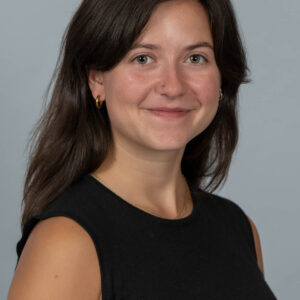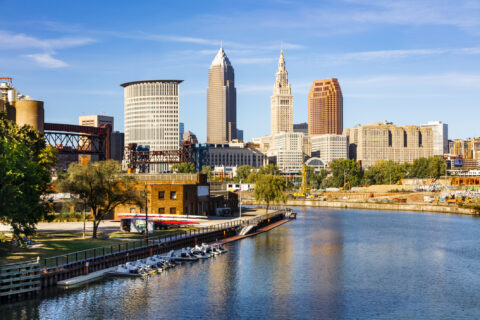Every June, the National League of Cities (NLC) celebrates Small Cities Month, recognizing communities with populations of 50,000 and below and their progressive strides to help move our nation forward. As we continue this annual tradition, this year has special significance as NLC also celebrates its 100th anniversary milestone!
As part of the yearlong celebratory events and initiatives, NLC has been on the road, traveling coast-to-coast on the Centennial Roadshow: 100 Years, 100 Cities. While we’ve had the pleasure of visiting municipalities of all sizes, it was highly fitting to visit the City of South Bay, Florida, a small community in Palm Beach County, Florida, where NLC’s CEO and Executive Director, Clarence Anthony, served as the former Mayor for 24 years.
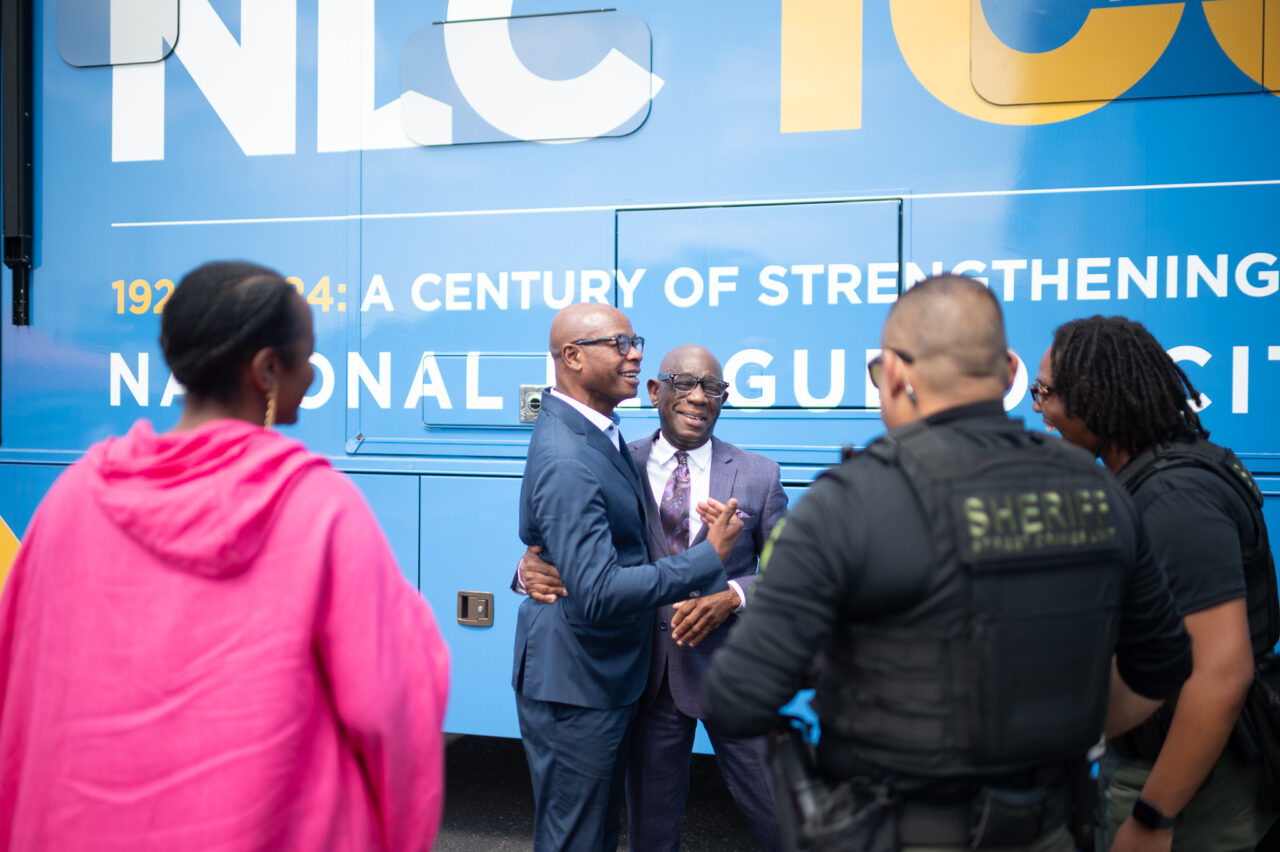
Palm Beach County is in southeastern Florida. It is the third-most populous county in the state and is known for its agriculture and real estate industry. From Miramar to Wellington to Riviera Beach and on to Lake Park, FL, these cities have much to be proud of.
While it is no secret that NLC Chief Executive Officer and former South Bay Mayor Clarence Anthony had a significant impact on the community, I wanted to go behind the scenes with South Bay’s City Manager, Leondrae Camel, to learn what NLC’s visit truly meant to this small community and to welcome our CEO back “home” where his dedication to local government all began.
During the visit, I sat down with Leondre in the Clarence E. Anthony Library. As we enjoyed a few laughs and reminisced about the day, he shared some enlightening insights through a series of interview questions I captured below.
Aside from the grand welcome NLC received from the South Bay city staff and community members, what key takeaways did the city want NLC’s delegation to learn from this roadshow visit?
Leondrae Camel: “We wanted the NLC Delegation to walk away knowing about our key stormwater, eco-tourism, and economic development projects throughout the city. South Bay is leveraging its natural assets and agricultural and recreational activities to increase tourism, stimulate economic growth through increased visitor spending, and create jobs in the recreation industry.”
During the visit, I learned that South Bay is known for its rich black soil and lakes and is nestled within two major roads: East-West State Road 80 and North-South U.S. 27 intersect. As we drove into the city, I vividly recalled a frequent comment Clarence makes, “I come from a city that has only one (1) streetlight, but it is at this crossroads, near the southern bank of Lake Okeechobee, you’ll find the City of South Bay.”
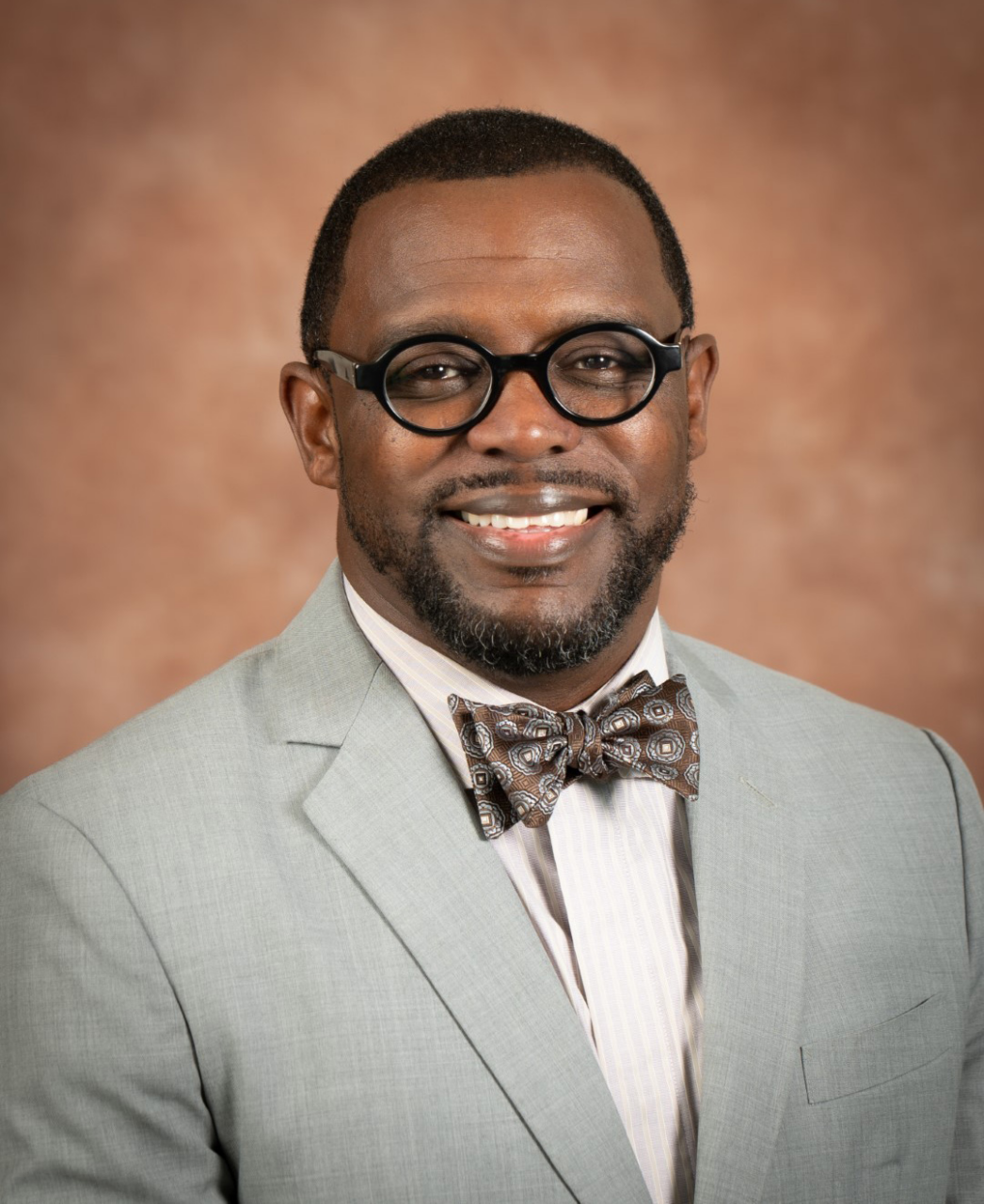
South Bay, FL
I instantly thought about the limited resources several small cities have compared to larger communities, which led me to my next question:
Can you tell me about some of the behind-the-scenes planning that made this tour stop unique?
Leondrae Camel: “We were coordinating logistics such as transportation, and accommodations, scheduling meetings with local stakeholders, as well as preparing presentations and materials to showcase the city’s achievements. Small communities often face unique challenges and opportunities that may differ from larger cities. By highlighting small communities like South Bay, NLC can demonstrate the diversity of local government experiences and showcase innovative solutions that can be scaled or adapted to other communities, regardless of size. It’s because of our size that we were able to invite the senior group “Golden Girls” and get a live impromptu performance, and relish in the experience of seeing Clarence connect with many of his professional friends. But, most importantly, his family. I mean, we had grade school friends show up and support what homegrown leadership looks like coming from South Bay.”
Making up 80% of NLC membership, small cities play a significant role in shaping NLC’s initiatives, opportunities, and federal advocacy – like the much-needed federal funding many of America’s small municipalities received from the American Rescue Plan Act (ARPA). That’s why NLC celebrates the contributions of small cities, towns and villages and the residents who live in these communities each June.
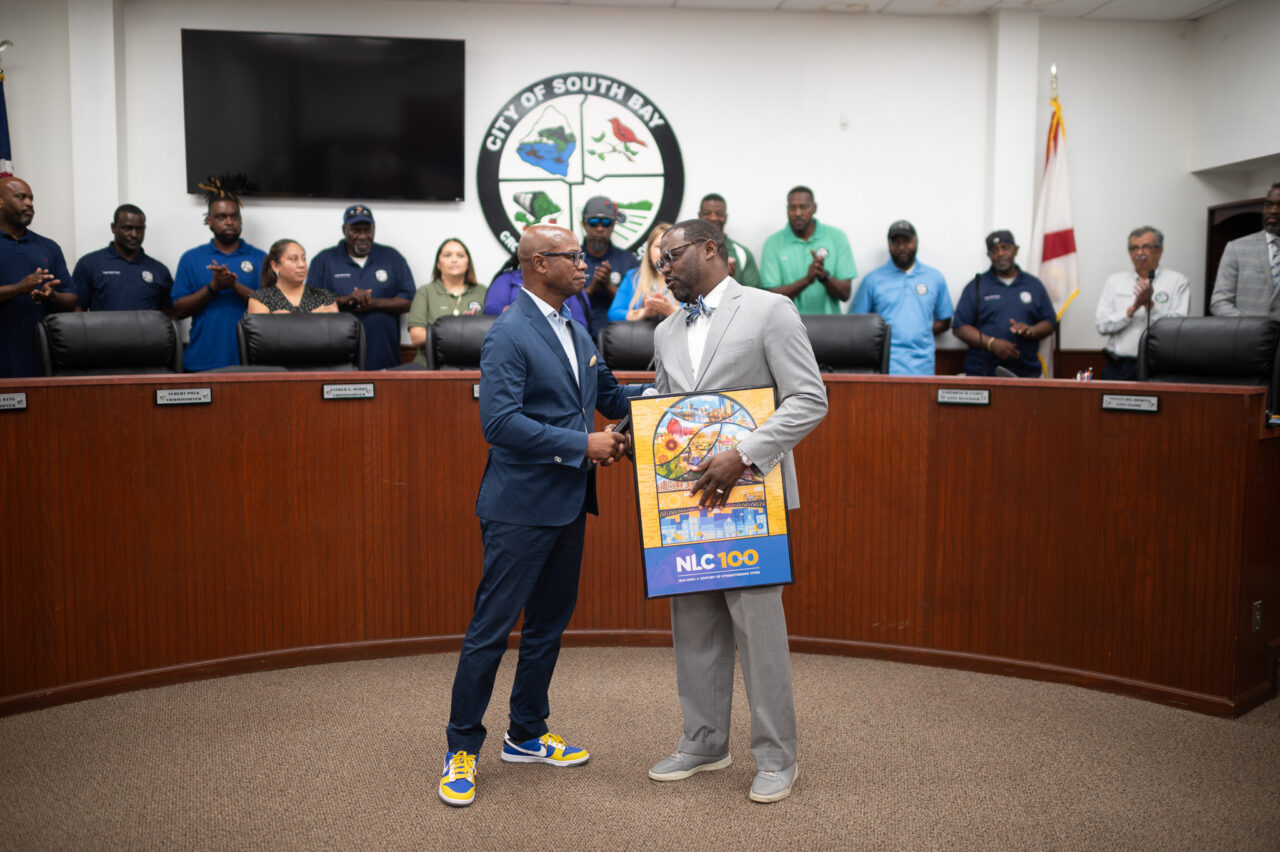
Can you share one way the city has utilized its NLC member benefits?
Leondrae Camel: “The City of South Bay utilizes our NLC membership benefits in various ways. From accessing resources such as research reports, policy toolkits, and training programs to networking opportunities with other member cities to exchange ideas and learn from each other’s experiences. Small cities have limited capacity, so we have to work smart, not hard. NLC allows us to have a partner in many areas of focus, such as infrastructure, grant access, and most importantly, it’s like having our very own personal lobbyist on the national level at our fingertips. It’s a great feeling to know even the smallest of voices are heard and I think that’s a reflection of Clarence being from a small city. Having Clarence return to the City reignited the community’s love for their local government and reminded them that local government is where the real work happens.”
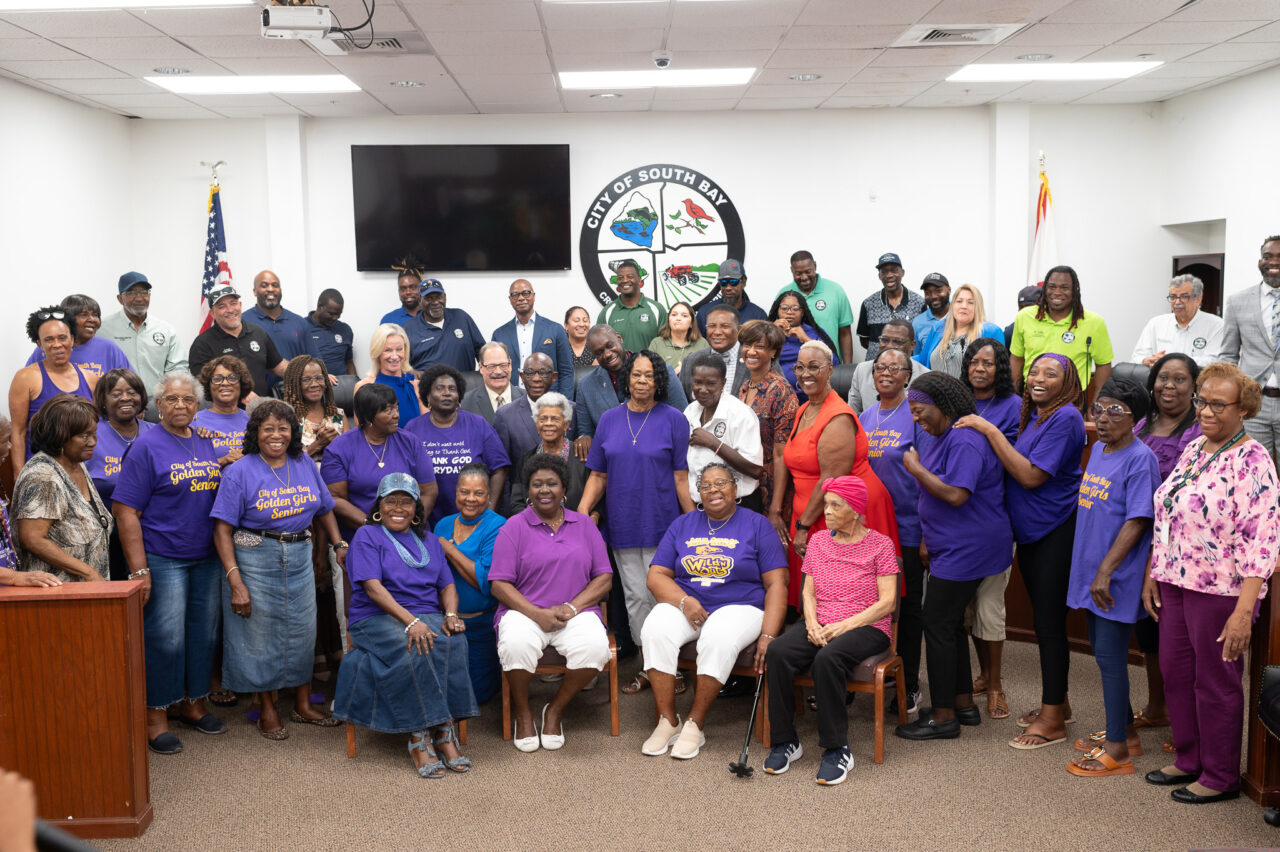
The Centennial Roadshow has been such an enlightening experience that allowed me to truly see the impact of NLC’s work on local leaders. Touring projects developed with the ARPA dollars, in which NLC played a leading role in ensuring cities had direct access to funding, solidifies that NLC remains a voice for the transformative progress of small cities. Whether we connect with cities in person during conferences, events, or virtual meetings, invaluable relationships are cultivated with small communities through every interaction.
This stop was an exceptional way to kick off the annual tradition of celebrating our small communities.
Are You an NLC Member from a Small City? Get Involved!
NLC’s Small Cities Council is open to municipal officials from member cities with populations of 50,000 or less. Connect with a representative from our membership team to learn more about the council and how to become a member.
